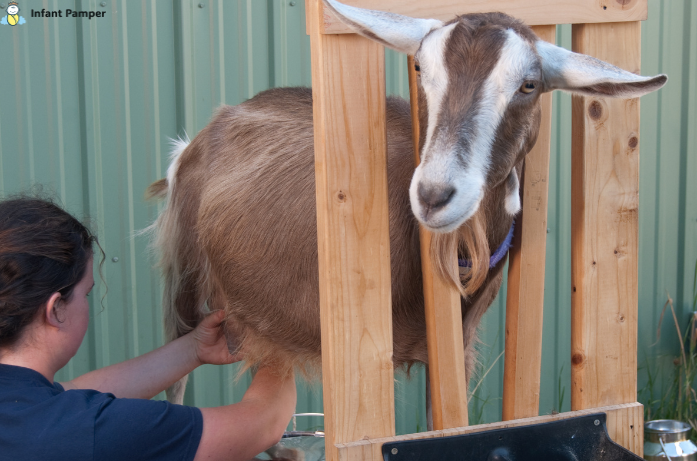Diaper rash is a common concern for new parents and caregivers, but with the right knowledge and practices, it can be effectively prevented and managed. This guide offers comprehensive, evidence-based tips to help keep your baby’s skin healthy and rash-free.
What Is Diaper Rash?
Diaper rash, medically known as diaper dermatitis, is an inflammation of a baby’s skin in the diaper area. It typically presents as red, irritated skin and can be caused by various factors, including prolonged exposure to moisture, friction from diapers, and sensitivity to certain products. In some cases, it may also result from bacterial or yeast infections.
Prevention Tips
1. Frequent Diaper Changes
Keeping your baby’s skin dry is crucial. Change diapers promptly after they become wet or soiled to minimize exposure to moisture and irritants. This practice helps prevent the breakdown of the skin’s protective barrier.
2. Gentle Cleaning
When cleaning the diaper area, use warm water and a soft cloth or cotton balls. Avoid wipes with alcohol or fragrances, as they can irritate sensitive skin. Pat the area dry gently instead of rubbing, which can cause further irritation.
3. Allow Airflow
Giving your baby’s skin some diaper-free time allows it to breathe and stay dry. Lay your baby on a waterproof mat or towel during these periods. Additionally, ensure that diapers are not too tight, as snug diapers can trap moisture and cause chafing.
4. Use Barrier Creams
Applying a thick layer of barrier cream or ointment, such as those containing zinc oxide or petroleum jelly, can protect the skin from moisture and irritants. These products create a protective layer, reducing the risk of rash development.
5. Choose the Right Diapers
Select diapers that are highly absorbent and fit well. Some babies may be sensitive to certain diaper materials, so if you notice persistent rashes, consider trying a different brand or switching between cloth and disposable diapers to see what works best for your child.
Treatment Strategies
1. Continue Preventive Measures
If a rash develops, continue with frequent diaper changes, gentle cleaning, and allowing diaper-free time. These steps are essential in promoting healing.
2. Apply Medicated Creams
For mild to moderate rashes, over-the-counter creams containing zinc oxide can be effective. In cases where a yeast infection is suspected, antifungal creams may be necessary. Always consult with a pediatrician before starting any medicated treatments.
3. Monitor for Signs of Infection
If the rash worsens, becomes bright red with raised bumps, or if your baby develops a fever, seek medical attention promptly. These could be signs of a bacterial or yeast infection requiring prescription medication.
When to Consult a Healthcare Provider
While most diaper rashes can be managed at home, consult your pediatrician if:
- The rash doesn’t improve after a few days of home treatment.
- The rash is severe or worsening.
- There are signs of infection, such as pus, blisters, or fever.
- Your baby is unusually fussy or seems to be in pain.
Final Thoughts
Preventing and managing diaper rash involves attentive care and prompt action. By maintaining a clean, dry diaper area and using protective measures, you can keep your baby’s skin healthy and comfortable. Always consult with healthcare professionals if you have concerns or if the rash persists.
References:
- Mayo Clinic: Diaper rash – Diagnosis & treatment
- Children’s Hospital of Philadelphia: Diapers/Diaper Rash
- Lurie Children’s: Diaper Rash Prevention & Treatment
- Nemours KidsHealth: Diaper Rash Causes & Prevention
Note: This article is intended for informational purposes only and does not substitute professional medical advice. Always consult a healthcare provider for concerns about your baby’s health.




